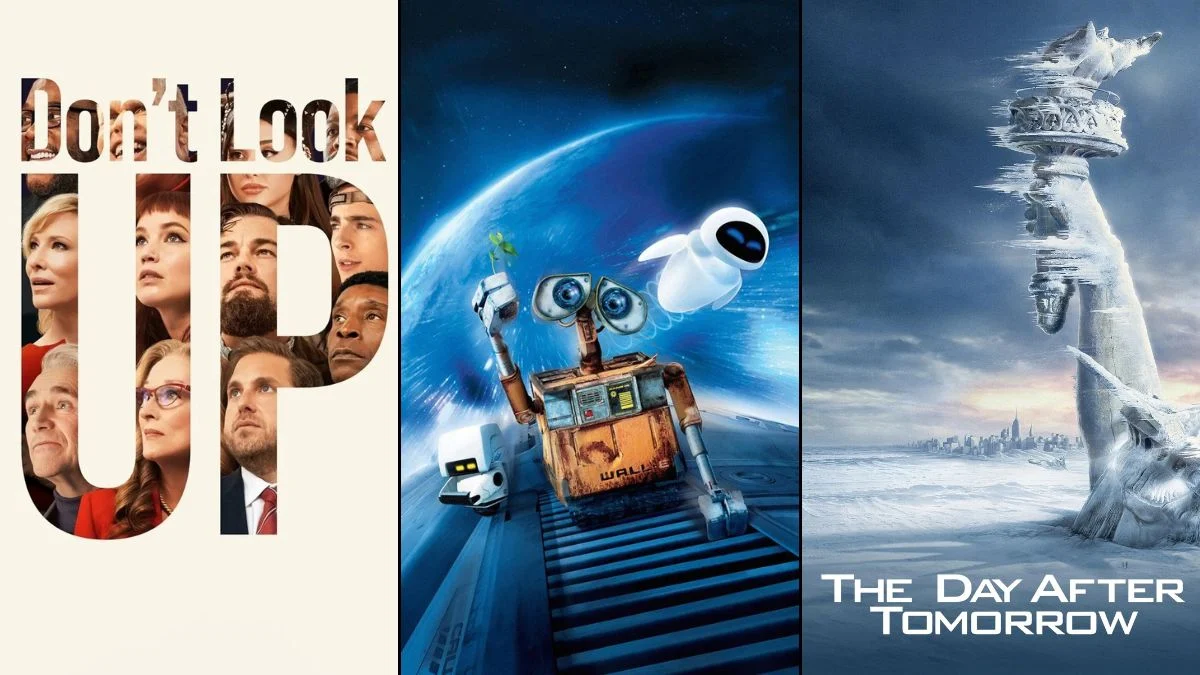
Movies and documentaries about the environment often illustrate what happens when human actions damage ecosystems beyond repair. They frequently depict issues like polluted water, melting glaciers, excessive consumption, and harmful industrial practices. These films often focus on the work of scientists, activists, and everyday citizens who collect evidence, take legal action, and work together to advocate for change.
These films showcase technologies and strategies that help lessen the impact of disasters. They demonstrate how things like early warning systems, government regulations, clean energy, and ethical sourcing actually make a difference. The films emphasize facts, show how actions lead to results, and clearly illustrate what happens when crucial warnings aren’t heeded.
‘An Inconvenient Truth’ (2006)
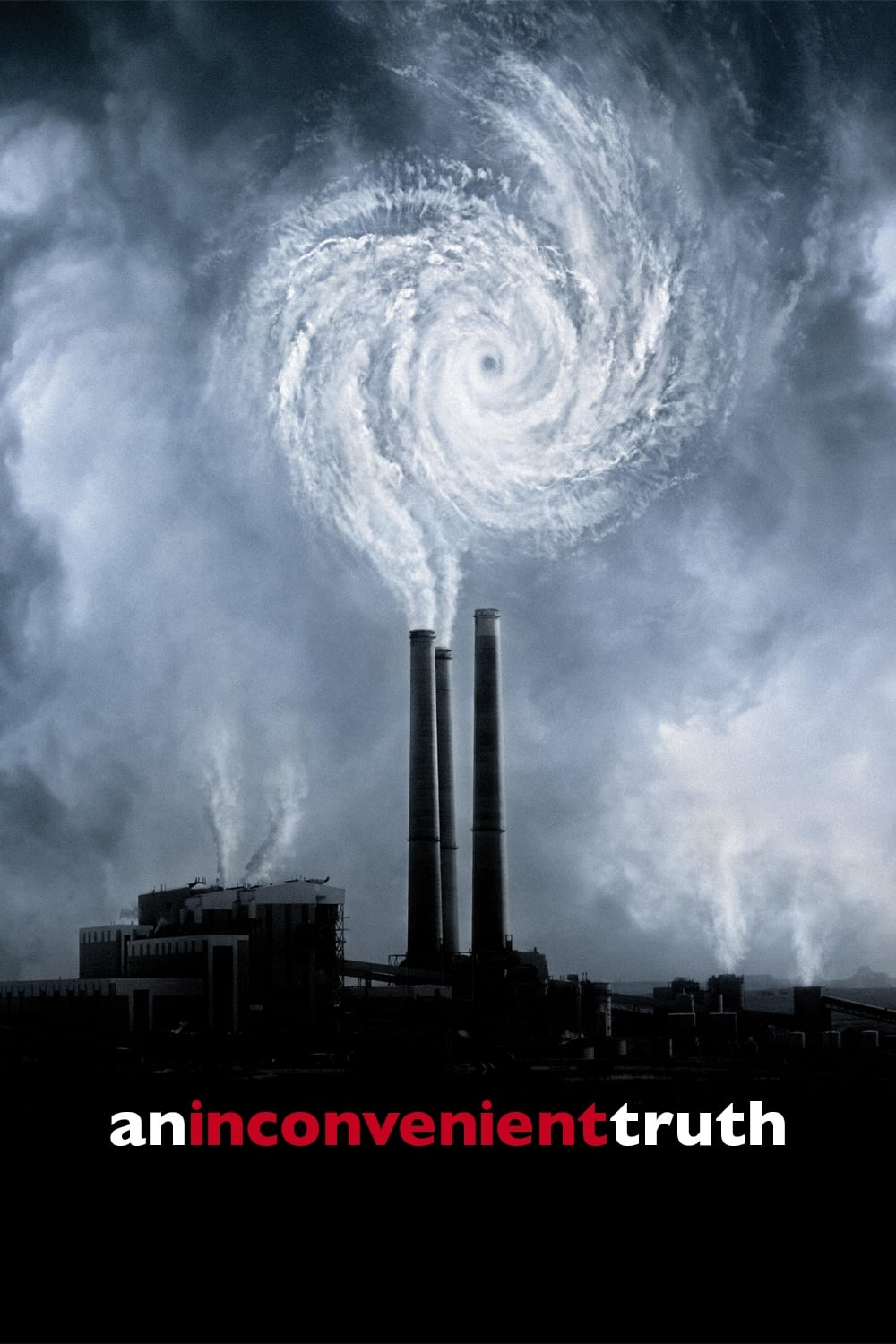
I just watched this documentary, and it really laid out the evidence for climate change in a clear way. It showed things like how much carbon is in the atmosphere, how temperatures are changing, and how glaciers are shrinking. What struck me was that it wasn’t just opinions – it used solid research, data from official organizations, and even photos taken in the field to demonstrate how increasing emissions from things like driving, power plants, and how we use land are directly connected to these warming trends. It was pretty convincing.
What struck me about this film wasn’t just the problem it highlighted, but the solutions that were *already* within reach. It really lays out how things like stricter efficiency standards, investing in clean energy sources, and even just accurately tracking carbon emissions – things cities and businesses were doing at the time – could have made a difference. The film convincingly argues that setting clear, data-backed goals and being transparent about progress is key to steering investment toward a greener future. It’s not about inventing something new, but about *using* what we already had.
‘The Day After Tomorrow’ (2004)
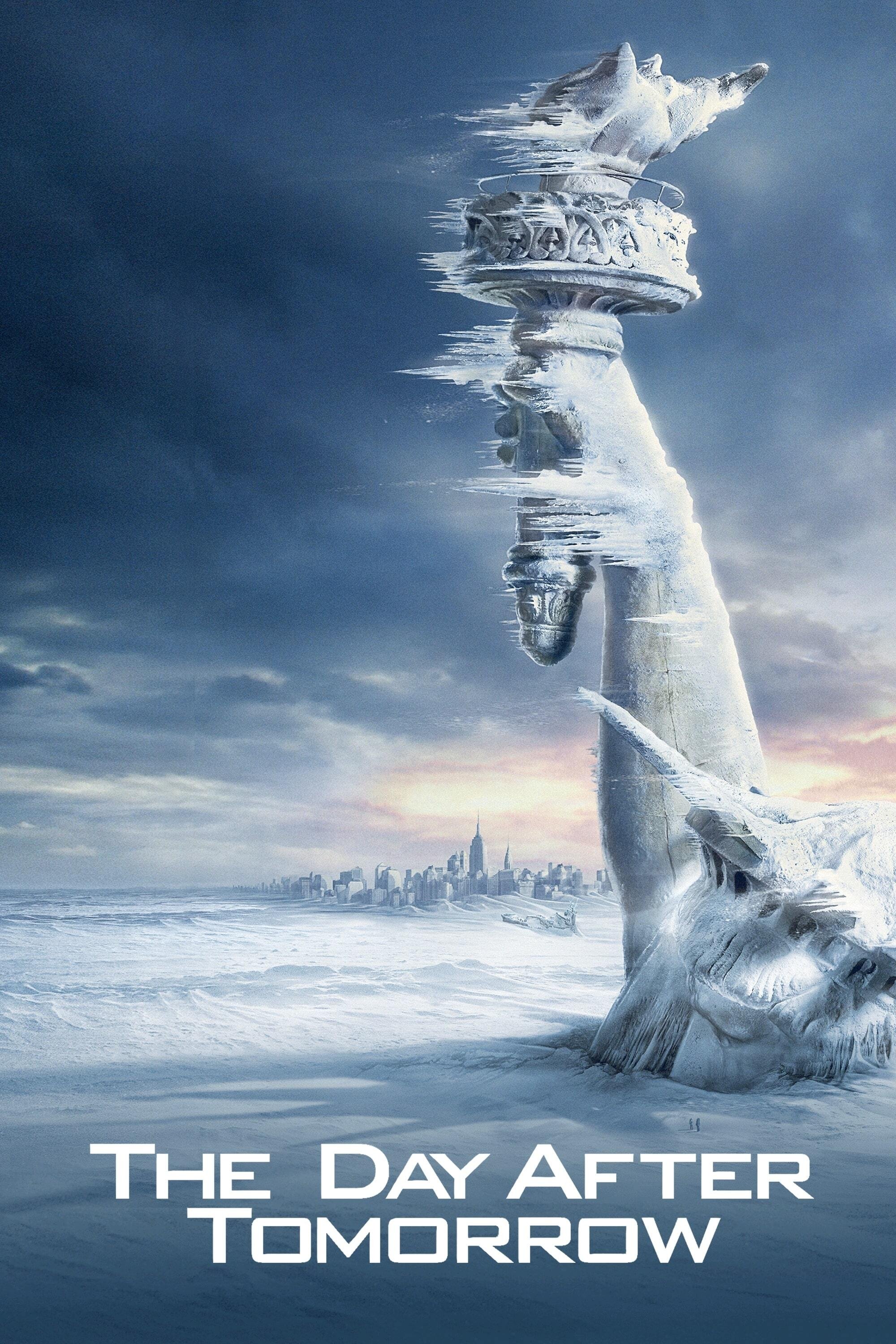
This story depicts a disaster caused by changes in ocean currents and quick shifts in climate, leading to extreme weather. It follows how essential systems break down and emergency services struggle as storms worsen and people are forced to evacuate.
The film features scientists who simulate how the climate works and identify critical points that could lead to major disasters. It highlights that effective disaster survival depends on things like well-prepared evacuation plans, strong communication systems, and international cooperation.
‘Don’t Look Up’ (2021)
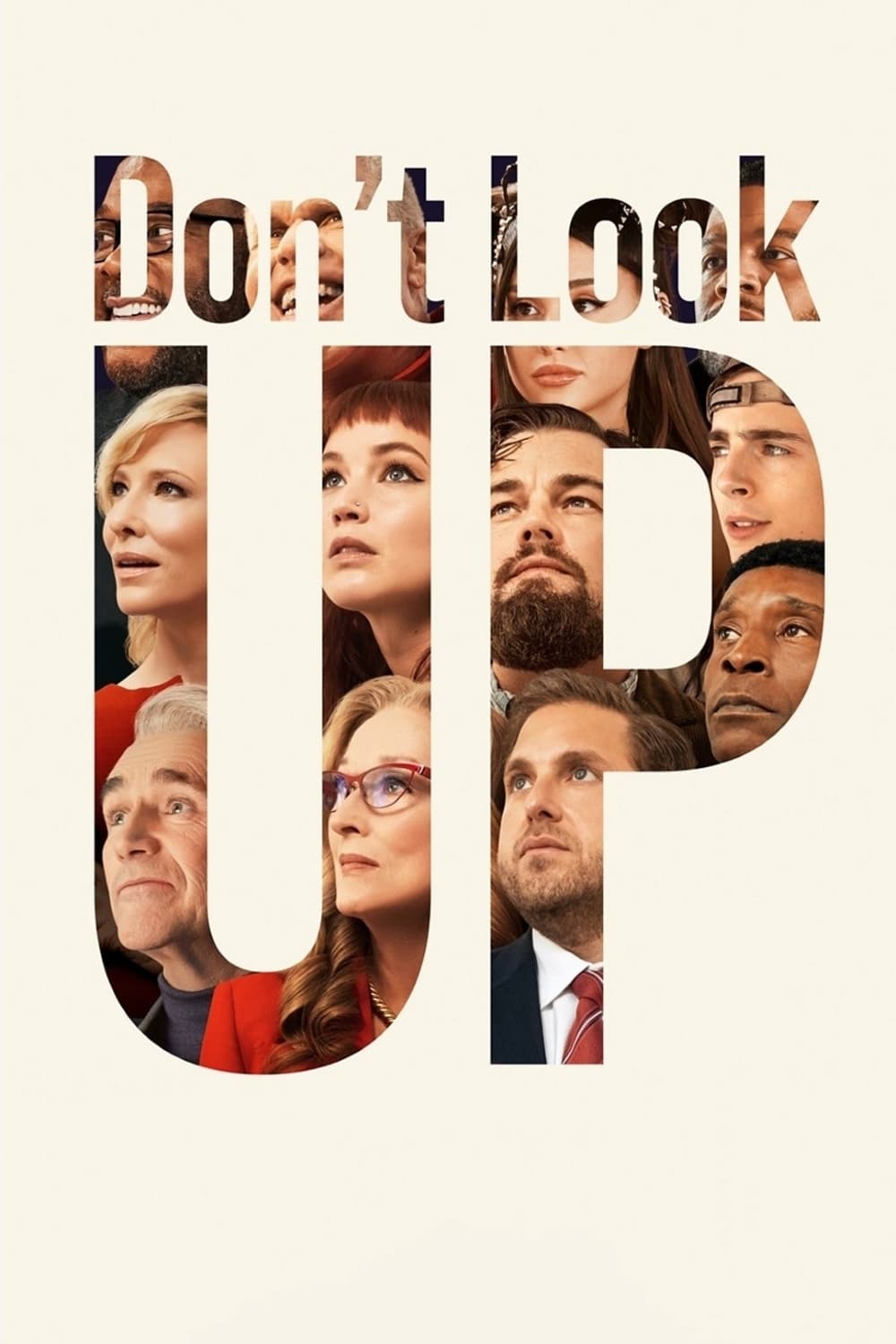
This humorous story uses a comet to represent a major global threat that demands everyone work together. Scientists figure out the chances of it hitting Earth, plan missions to address it, and suggest actions for leaders to take. However, these steps are slowed down by disagreements and competing priorities.
As a critic, I found this film really highlighted something crucial: how quickly a crisis can be hijacked by sensationalism, money, and political spin, drowning out the voices of actual experts. It powerfully demonstrated why, when time is of the essence, we *need* honest evaluations of risk, unbiased checks and balances, and global collaboration. It’s a sobering reminder that clear communication and cooperation aren’t just *good* ideas, they’re absolutely vital during fast-moving threats.
‘Erin Brockovich’ (2000)

This legal story follows a case where a town’s water supply was contaminated by a local industry. Investigators gathered medical histories, property records, and storage data to prove that the contamination caused health problems for people living in the area.
The movie illustrates how investigators piece together evidence, starting with collecting samples, finding relevant documents, and talking to witnesses. It also highlights how legal settlements provide money for things like medical checkups and cleanup efforts, including containing the problem and ongoing testing.
‘Dark Waters’ (2019)
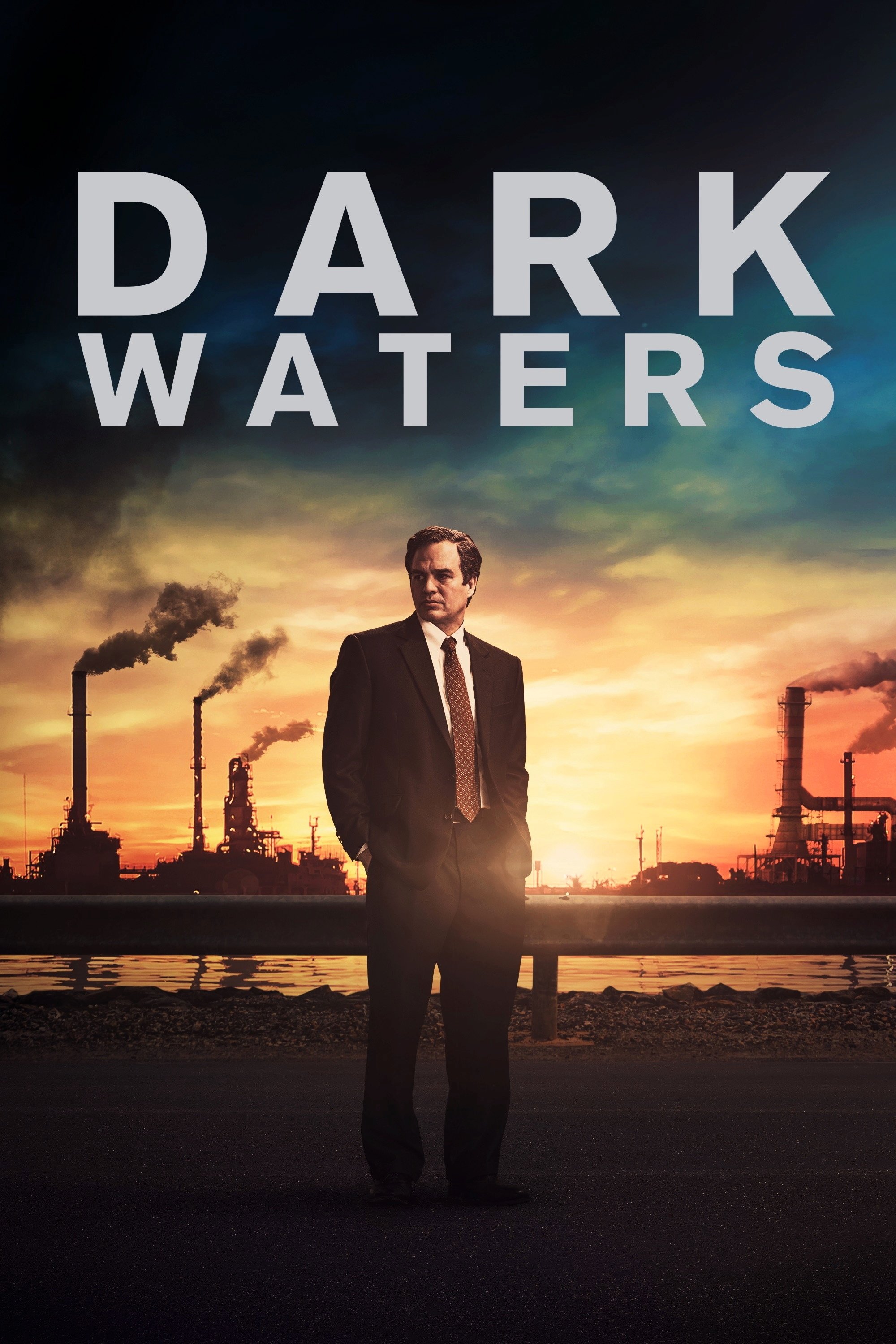
This film tells the story of a lawyer investigating how dangerous chemicals from factories have contaminated our water and land. It shows evidence from company research, official reports, and health data that proves these chemicals stay in the environment – and build up inside people and animals – for a long time.
This shows how lawsuits can reveal confidential research, increase what companies must publicly share, and force regulatory bodies to establish clear, legally binding standards. The legal process involves gathering evidence, using expert opinions, and reaching agreements where companies commit to overseeing and resolving environmental issues.
‘Wall E’ (2008)

This animated movie depicts a future overwhelmed by waste and excessive consumption. It shows growing landfills, decaying buildings, and machines that keep producing goods even though there’s no system in place to reuse or recycle them.
The movie shows how recovering materials – by sorting, compressing, and reusing them – is key to rebuilding. It emphasizes that buying sustainable products, designing items with reuse in mind, and having good recycling systems can reduce waste and protect our resources.
‘Princess Mononoke’ (1997)

This story depicts a struggle between the protectors of the forest and growing human communities built on mining and metal production. It illustrates how taking resources changes the environment, impacting animal homes, water purity, and air quality near factories and roads.
The film also shows how establishing clear boundaries and working to restore ecosystems can help protect people’s ways of life while minimizing damage. It highlights examples like sacred places, protected forests, and community agreements to demonstrate how people can successfully manage resources and meet conservation goals.
‘Nausicaä of the Valley of the Wind’ (1984)

This story takes place in a world recovering from an environmental disaster, where dangerous spores fill the air. The characters investigate how the wind, soil, and insects affect different areas, trying to figure out why some ecosystems are healing while others are getting worse.
As a film buff, I see this story as being about finding a way to live *with* something powerful and potentially destructive, but ultimately essential – in this case, a forest. It really highlights the importance of being mindful and careful in how we interact with it. The film shows that simply observing, gathering information, and moving gently through delicate ecosystems can be enough to prevent things from getting worse – it’s about respecting boundaries and understanding the impact of our actions.
‘Okja’ (2017)
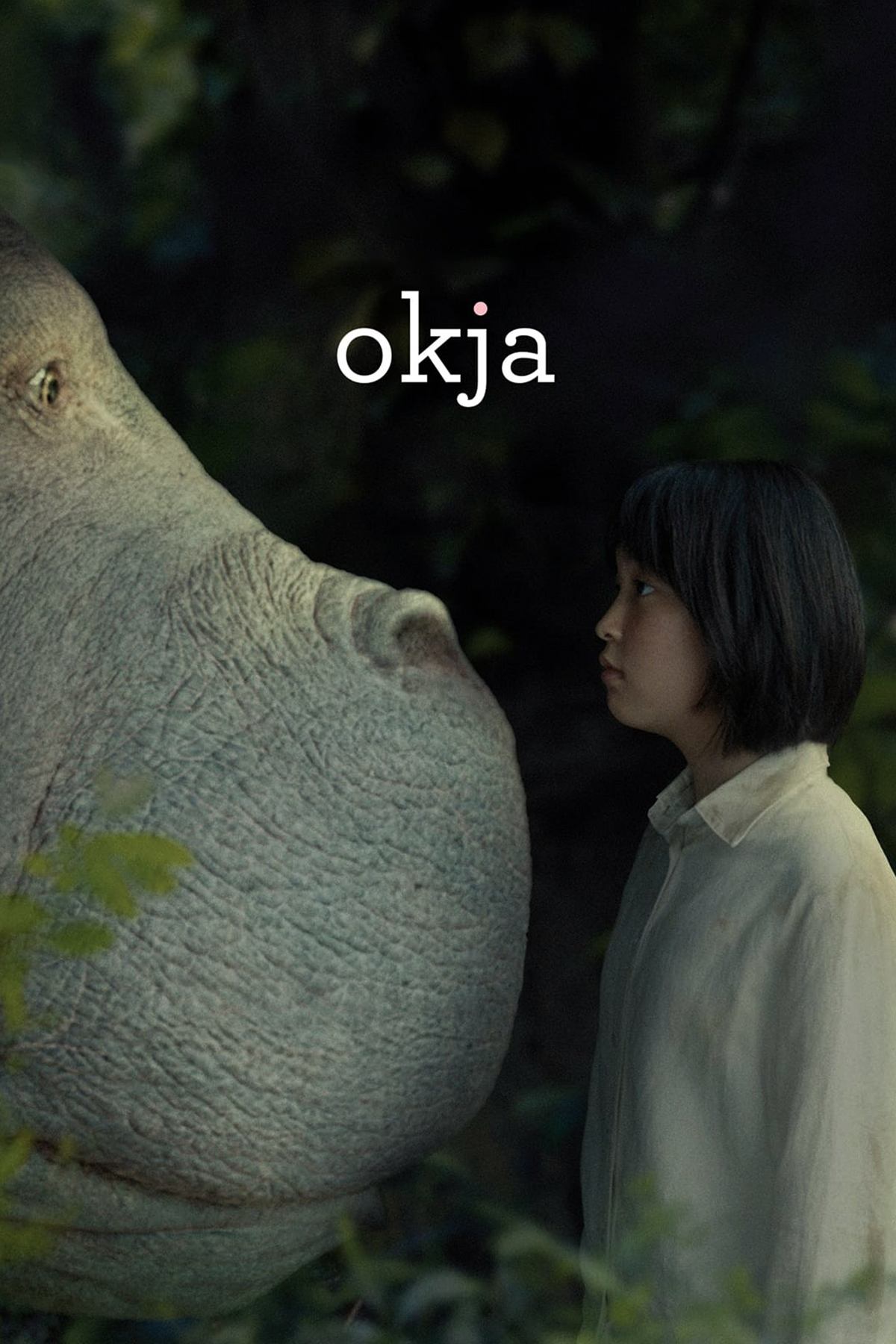
This story follows a specially bred animal to reveal how the meat industry works, and the people dedicated to its care. It explores the systems used for raising, moving, and processing animals, highlighting a focus on quantity rather than animal well-being or openness about the process.
The film highlights how labels, independent checks, and behind-the-scenes footage can help the public understand a company’s practices. It demonstrates that customers, activist organizations, and investors can all encourage businesses to improve their standards for animal welfare and environmental protection.
‘Snowpiercer’ (2013)

This science fiction story takes place after an attempt to fix the climate goes wrong, plunging the Earth into a new ice age. The last humans alive live on a train that constantly circles the globe, relying on a carefully managed and limited supply of everything they need – energy, water, and food.
This scenario highlights how technology and society influence each other, especially when resources are limited. Essential survival strategies during major disruptions include water purification, food production, and finding ways to reuse energy.
‘A Plastic Ocean’ (2016)
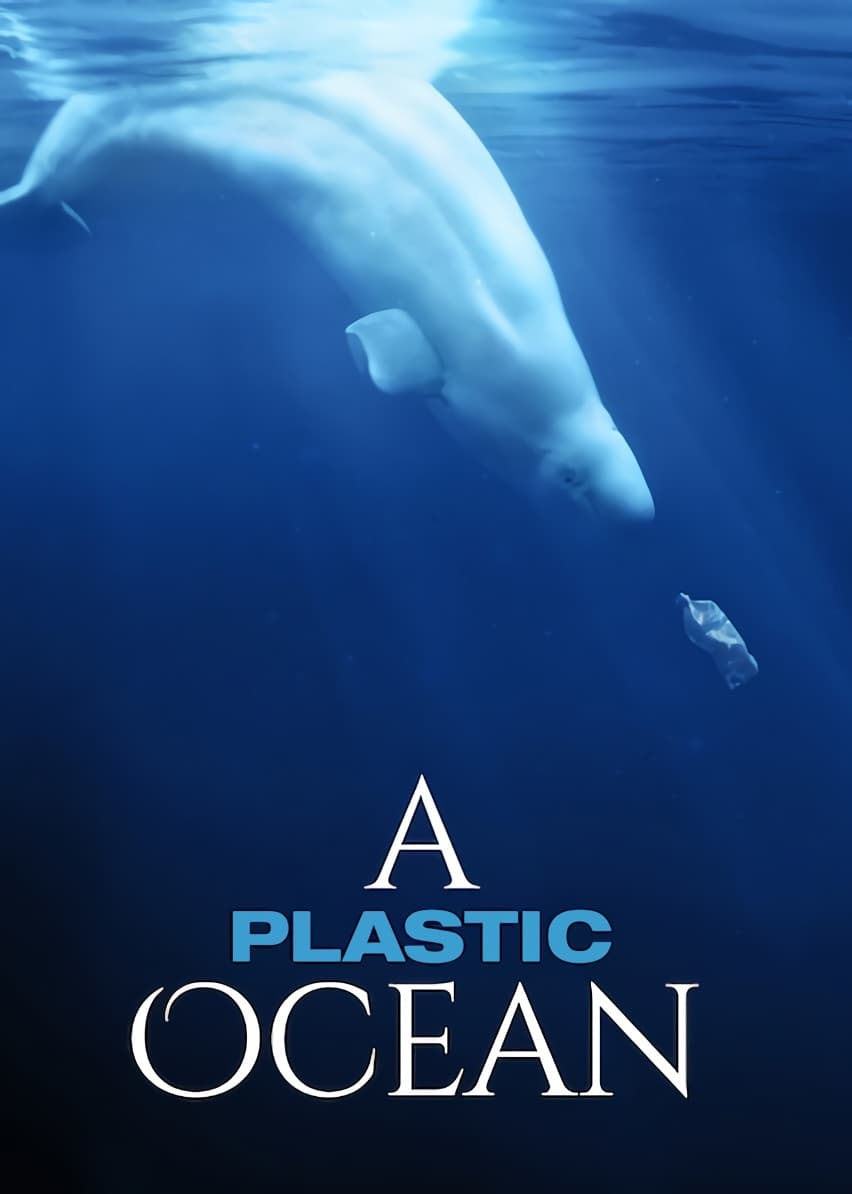
This documentary follows the journey of plastic trash, from when people throw it away to how it ends up in rivers and the ocean. It shows how ocean currents spread this debris over wide areas. Scientists gather samples from different ocean depths to figure out what kinds of plastic are present and to record instances of marine animals eating it.
The film explores solutions to plastic waste, such as making producers responsible for the end-life of their products, improving how waste is collected, and designing products to be reusable instead of disposable. It also highlights cleanup efforts and recycling programs being tested in coastal areas.
‘Chasing Ice’ (2012)

This documentary uses time-lapse photography to track how glaciers are shrinking. It captures glaciers breaking apart and changes throughout the seasons, and connects these events to temperature and rainfall data from local weather stations.
This presentation shows how images and long-term data are used to track the rate of ice loss. It details the methods used to position cameras, ensure accurate readings, and reliably collect data from different locations.
‘Koyaanisqatsi’ (1982)

This film explores the relationship between nature and human development by contrasting beautiful landscapes with the spread of cities and factories. It uses special filming techniques, like time-lapse and slow motion, to show how things like traffic, energy consumption, and production lines reveal the ways people are changing the environment.
The visuals make it easier to understand how quickly and on what scale these processes happen, which is difficult to perceive as they unfold. They also document the impact of these energy-demanding systems on our environment – the strain they put on the air, land, and water around us.
‘Before the Flood’ (2016)
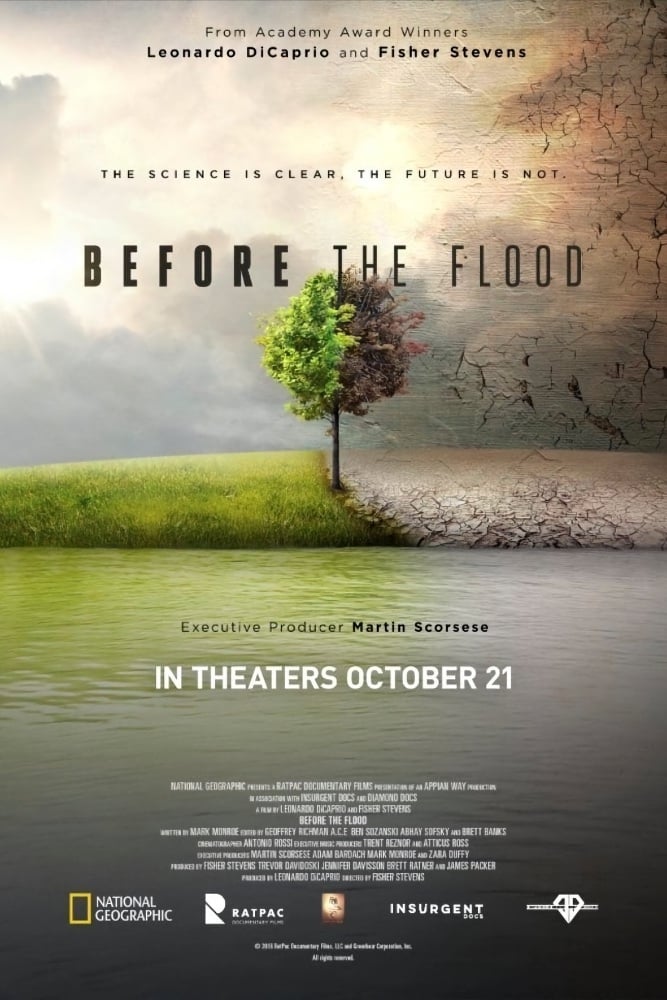
This documentary explores how communities are dealing with the effects of rising sea levels, disappearing forests, and pollution caused by energy production. It features conversations with experts, community officials, and government leaders about the solutions they’re working on to both prevent further damage and adjust to the changes already happening.
The film explores solutions for reducing emissions, including strategies like carbon pricing, expanding renewable energy, and protecting land. It also highlights how everyday choices – what we eat, how we travel, and how energy-efficient our buildings are – can make a big difference when adopted widely.
‘Deepwater Horizon’ (2016)
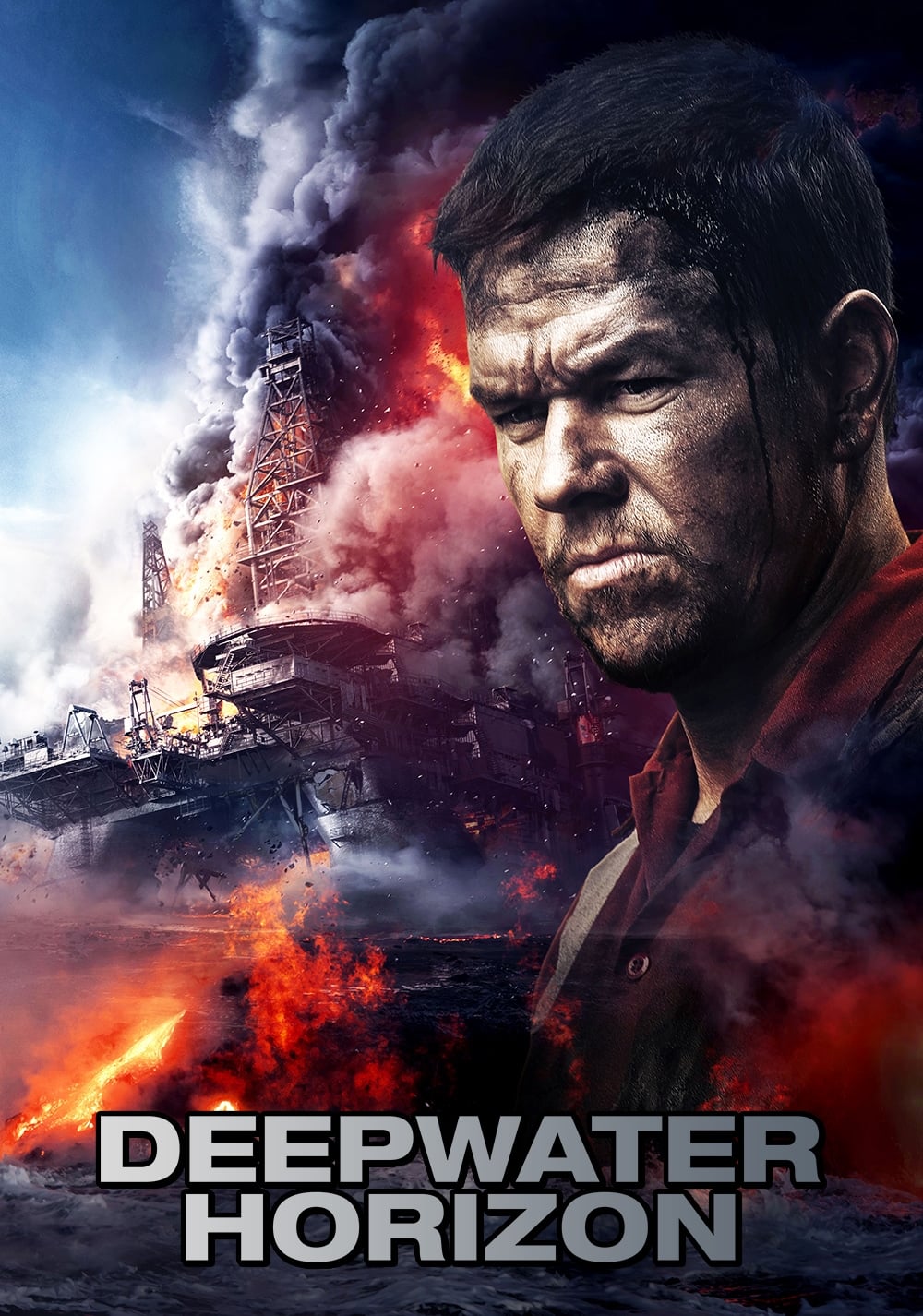
This drama retells the story of how technical mistakes and poor management caused a large oil spill at sea. It shows how important safety checks, procedures, and data were misunderstood, ultimately leading to the disaster.
Cleanup efforts involved stopping the leak at its source, using protective domes, and removing oil from the water’s surface through skimming and controlled burning. Ongoing monitoring is also focused on the health of fisheries, wetlands, and wildlife impacted by the spill.
Let us know in the comments which environmental films have really stuck with you – we’d love to share recommendations and find even more great movies!
Read More
- Silver Rate Forecast
- Красный Октябрь акции прогноз. Цена KROT
- Gold Rate Forecast
- MSCI’s Digital Asset Dilemma: A Tech Wrench in the Works!
- Bitcoin’s Ballet: Will the Bull Pirouette or Stumble? 💃🐂
- How Bitcoin Miners Might Just Save the Day in Crypto Adoption – With a Little Help from Their Friends
- XRP’s Wrapped Adventure: Solana, Ethereum, and a Dash of Drama!
- Brazil Bank & Bitcoin: A Curious Case 🤔
- Monster Hunter Stories 3: Twisted Reflection gets a new Habitat Restoration Trailer
- Dogecoin’s Big Yawn: Musk’s X Money Launch Leaves Market Unimpressed 🐕💸
2025-10-07 12:42